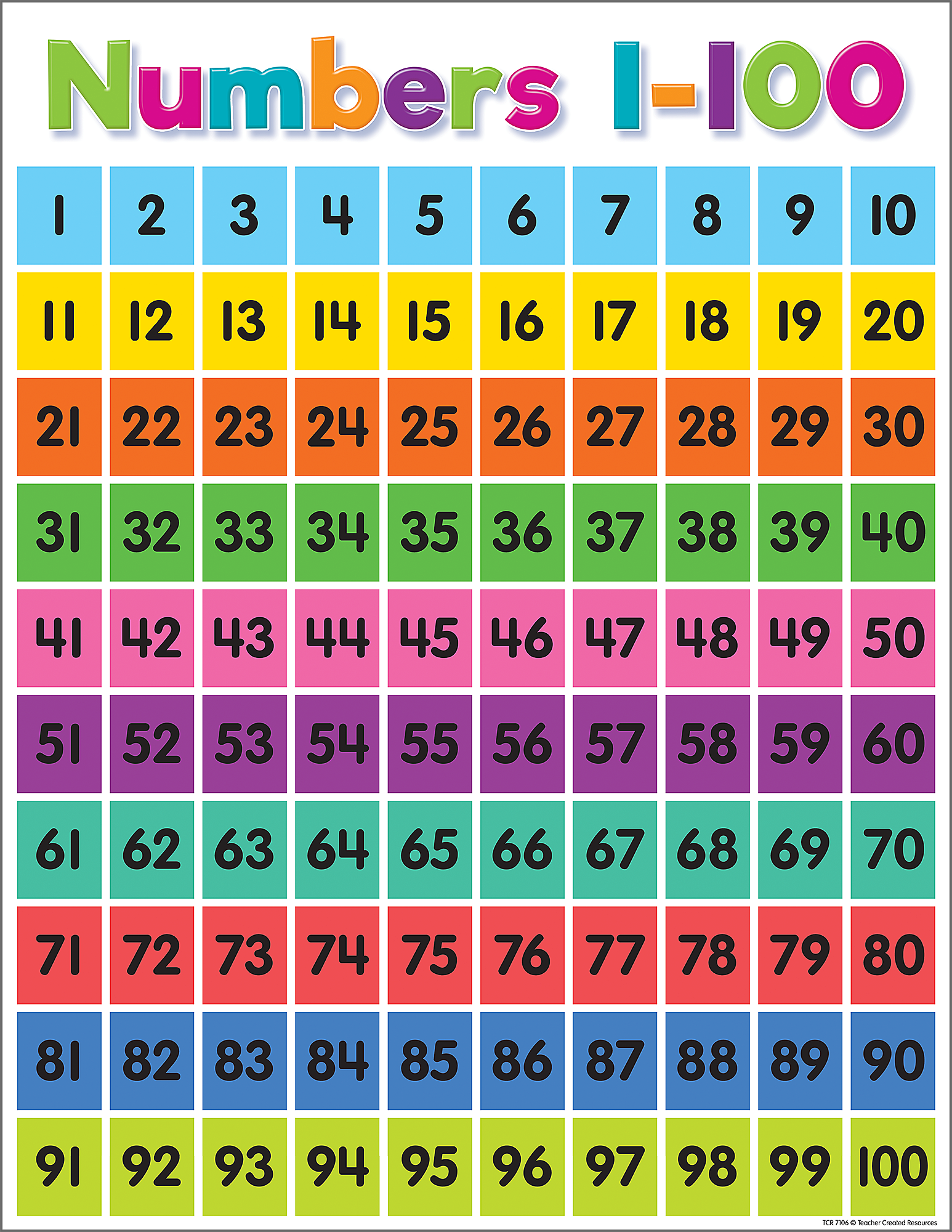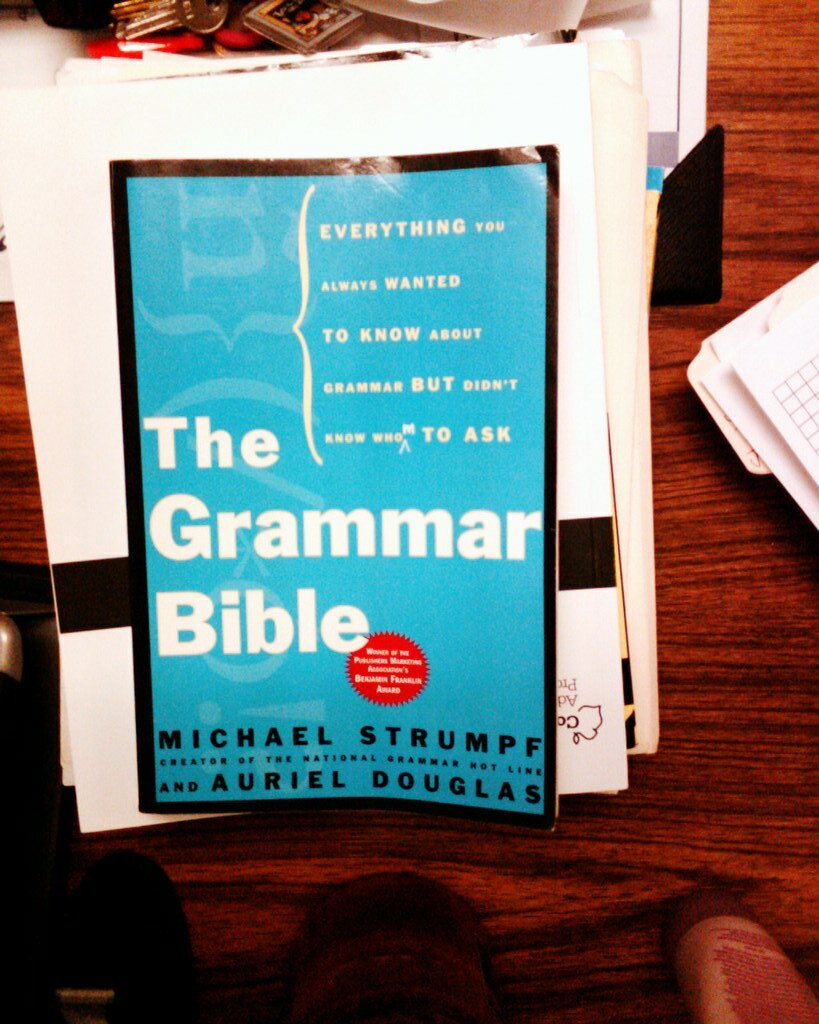
In the intricate tapestry of the English language, few pairs of words generate as much confusion as “worse” and “worst.” These terms, intimately linked yet distinctly functional, frequently lead to miscommunications due to their striking similarities. For anyone aspiring to clarity and precision in their linguistic expression, a thorough understanding of “worse” and “worst” is not merely beneficial—it’s absolutely indispensable.
This article, adopting an “Insider” perspective, aims to dispel this grammatical fog with clear, concise, and rigorously factual explanations. We will meticulously dissect the core differences between “worse” and “worst,” elucidate their roles as comparative and superlative adjectives, and clarify their usage across various common expressions. Our objective is to empower you with the knowledge to wield these words confidently, transforming potential grammatical pitfalls into pathways for articulate and impactful communication.
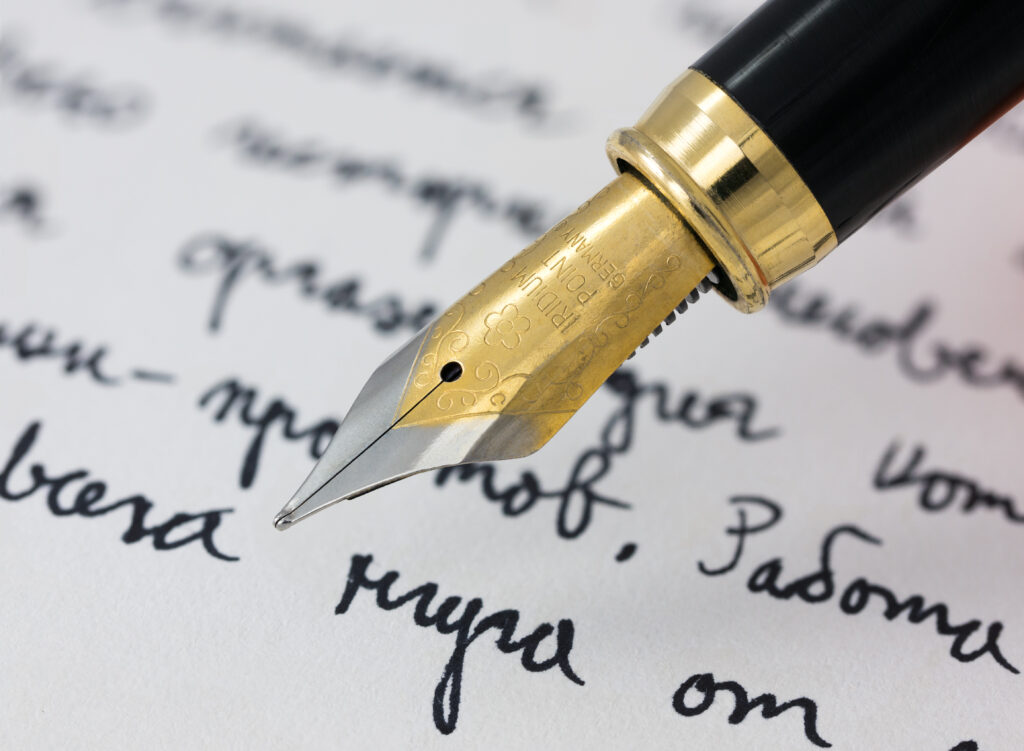
1. **The Fundamental Distinction: Comparative vs. Superlative**The primary differentiator between “worse” and “worst” lies in their grammatical classifications: “worse” is comparative, and “worst” is superlative. “Worse” is defined as the comparative form of “bad,” meaning “more bad.” Its application is specific to scenarios involving a comparison of *only two* distinct items, situations, or states. This form precisely articulates that one entity possesses a lower quality, is less desirable, or presents a less favorable condition when directly contrasted with the other, vital for expressing deterioration in a binary comparison.
In direct contrast, “worst” serves as the superlative form of “bad,” signifying “most bad.” This form is exclusively utilized when a comparison involves *more than two* things, or when the intent is to declare something has reached the absolute nadir. It identifies the most extreme negative condition possible from a comprehensive array of options. This is about singling out the ultimate low point, the pinnacle of undesirability within a specified group or an all-encompassing scenario.
Thus, “worse” establishes a relative degree of “badness” between two subjects, indicating a direct step down in quality. For example, one policy might be deemed “worse” than another. Conversely, “worst” is deployed when ranking multiple proposals, identifying the single one representing the lowest outcome or most detrimental approach. Grasping this distinction is crucial for precise communication.
Read more about: Worse vs. Worst: An In-Depth Business Insider Guide to Mastering These Tricky Adjectives
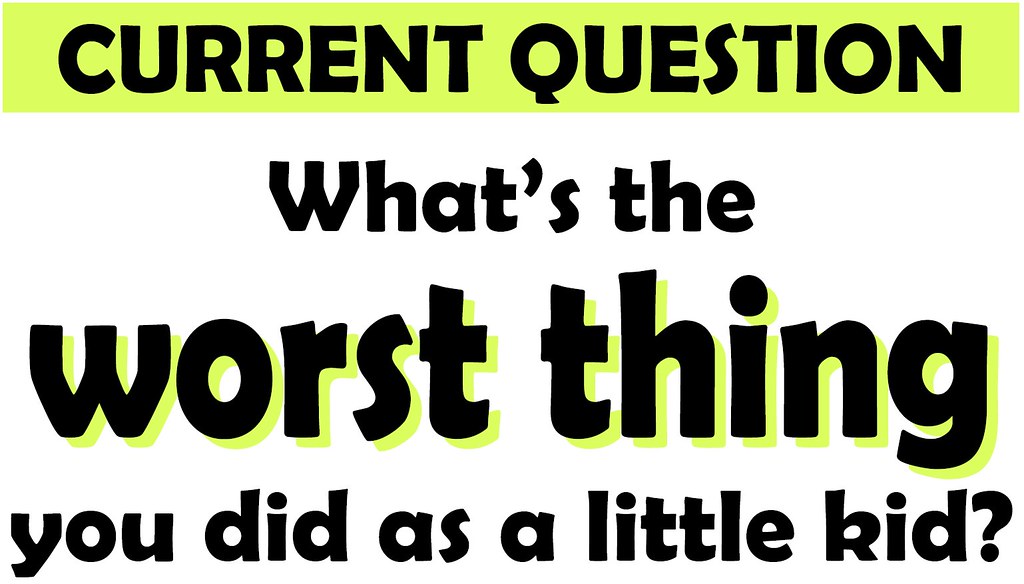
2. **Tracing Their Roots: Both Forms of “Bad”**A thorough understanding of “worse” and “worst” fundamentally begins with recognizing their shared linguistic origin. Both terms are, without exception, derived forms of the foundational adjective “bad.” This common ancestry is a critical piece of information that underpins their semantic functions and the graduated spectrum of negativity they convey. “Bad” establishes the initial state of undesirability, from which “worse” and “worst” represent escalating degrees.
As clearly articulated in the provided context, “Worse and worst are different words, but both are forms of the adjective bad.” This straightforward declaration emphasizes that these terms are not isolated but rather evolutionary stages of a single root concept. “Worse” quantifies a heightened level of poorness or inadequacy when two elements are juxtaposed, illustrating a deterioration. In contrast, “worst” propels this progression to its ultimate limit, denoting the absolute zenith of negative attributes when evaluating multiple options.
Recognizing this intrinsic connection is indispensable for coherent and precise communication. It signifies that any application of “worse” or “worst” inherently refers back to the fundamental negative quality first described by “bad.” This foundational understanding allows speakers and writers to effectively convey not just that something is unsatisfactory, but whether it has become more unsatisfactory in a direct comparison or has reached the absolute lowest point of dissatisfaction within a broader context.
Read more about: Unpacking ‘A’: 12 Mind-Blowing Facts About the Alpha of Alphabets

3. **Understanding Comparatives: Comparing Just Two**To properly use “worse,” one must fully grasp the concept of comparative adjectives, which are designed to contrast qualities between two distinct subjects. In the context of “worse,” this means articulating that one item or situation exhibits “badness” to a greater degree than one single other item. It is a precise, one-on-one assessment, never extending beyond a pair.
The context provides an excellent example: “My brother is bad at basketball, but honestly I’m worse.” Here, the comparison is narrowly focused on two individuals. The term “worse” clearly delineates that the speaker’s skill level is of a lower quality, or “more bad,” when held against their brother’s, establishing a direct contrast.
Furthermore, the document explicitly states: “Worse is used when making a comparison to only one other thing.” Examples like “Your breath is bad, but mine is worse” or “The situation was bad and it just got worse” reinforce this binary nature. These illustrations highlight that “worse” is the appropriate choice for demonstrating a deterioration or an inferior condition strictly in relation to a solitary point of reference.
This precise application allows for nuanced expression when comparing two elements. For instance, “I think the pink paint looks worse on the wall than the red paint did” shows one option performing less favorably than another. This deliberate focus on only two subjects or states is the defining characteristic of “worse” as a comparative adjective.

4. **Unpacking Superlatives: The Ultimate Degree**When transitioning from comparisons between two entities to evaluations involving a multitude, we enter the realm of “worst,” the superlative adjective. This powerful form is employed to designate something as possessing “badness” to the highest, greatest, or most extreme degree within a collective group of three or more. It is the definitive declaration of the bottom-most position on a scale of undesirable attributes, serving as the ultimate embodiment of “most bad.”
The provided information offers clear illustrations of this function: “A superlative adjective is used to compare more than two things (as in Out of the five exams I have today, this one is going to be the worst) or state that something is the most extreme out of every possible option (as in That was the worst idea I have ever heard).” These examples underscore that “worst” signifies that the item in question is, without exception, the “most bad” among all competitors, or indeed, the most bad conceivable.
This distinction is paramount for accurately conveying absolute extremes. When a speaker or writer declares something “the worst,” they are effectively placing it at the absolute lowest point of a measurable or perceived scale. This implies that no other item within the specified set—be it exams, ideas, or individuals—can surpass it in its undesirable quality. “Worst” unequivocally positions it at the very bottom, precluding anything more inferior within that defined scope.
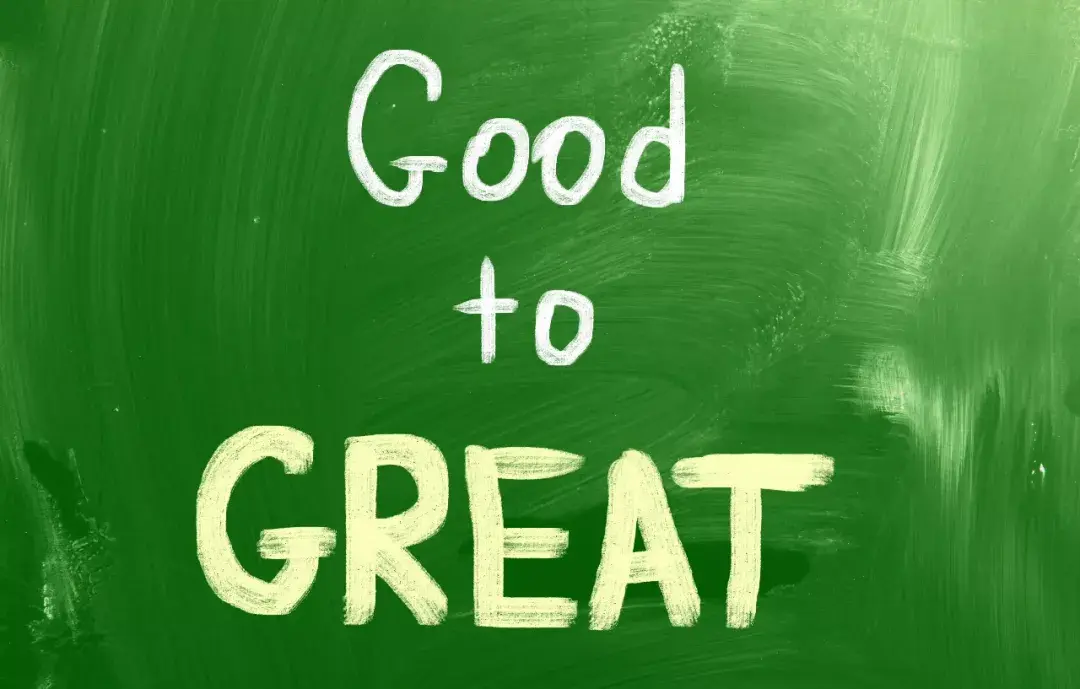
5. **The “Good” Analogy: Parallels with “Better” and “Best”**Understanding “worse” and “worst” becomes significantly clearer when juxtaposed with their more intuitively understood positive counterparts: “better” and “best.” The context directly facilitates this, stating: “Worse and worst are just like the words better and best, which are the comparative and superlative forms of the word good.” This analogy serves as an exceptionally powerful conceptual bridge, anchoring the often-confused negative forms to a familiar and structurally identical positive paradigm.
Consider the adjective “good.” When comparing two items, the correct comparative is “better” (e.g., “This coffee is good, but that one is better”). For identifying the peak quality among several items, the superlative “best” is used (e.g., “Of all the coffees, this one is the best”). This exact grammatical progression is meticulously mirrored by “bad,” “worse,” and “worst.”
By recognizing that the grammatical relationship between “bad,” “worse,” and “worst” is precisely analogous to that between “good,” “better,” and “best,” the inherent rules governing their usage become far more accessible and intuitive. This parallel vividly illustrates that “worse” denotes a step down in quality from “bad” when two entities are considered, just as “better” signifies a corresponding step up from “good.” “Worst” consequently represents the absolute nadir of negative quality, mirroring “best” as the absolute zenith.

6. **Breaking the Rules: Irregular Adjective Forms**While most English adjectives adhere to predictable patterns for their comparative and superlative degrees, “bad” stands out as a notable exception. Typically, comparatives are formed by adding “-er” (e.g., faster) or using “more”/”less” (e.g., more impressive). Superlatives generally involve “-est” (e.g., fastest) or “most”/”least” (e.g., most impressive).
However, “bad” fundamentally deviates, with “worse” and “worst” being classified as irregular forms. The context explicitly states: “Worse and worst don’t follow these rules.” This irregularity is precisely what can make them challenging, as they must be learned as special cases, rather than applying standard suffixes.
Despite this non-conformity, a subtle linguistic clue exists: “you can see a remnant of the superlative ending -est at the end of worst and best, which can help you remember that they are superlatives.” This lingering fragment aids memory, subtly indicating the superlative nature of “worst.” Understanding that “bad,” like “good,” belongs to a distinct category of adjectives with irregular forms is paramount for nuanced English grammar. Mastering these exceptions, like “worse” and “worst,” is a mark of advanced linguistic proficiency.
Having established the foundational grammatical distinctions, we now turn our attention to the nuanced application of “worse” and “worst” in specific idiomatic expressions and their extended roles beyond simple adjectives. This deeper dive will solidify your understanding, equipping you to navigate even the trickiest linguistic scenarios with precision and confidence. Mastering these subtleties is key to truly articulate and impactful communication, transforming potential missteps into clear, powerful statements.
Read more about: Shifting Gears: Mastering ‘Worse’ and ‘Worst’ to Avoid Grammatical Roadblocks – 12 Essential Insights
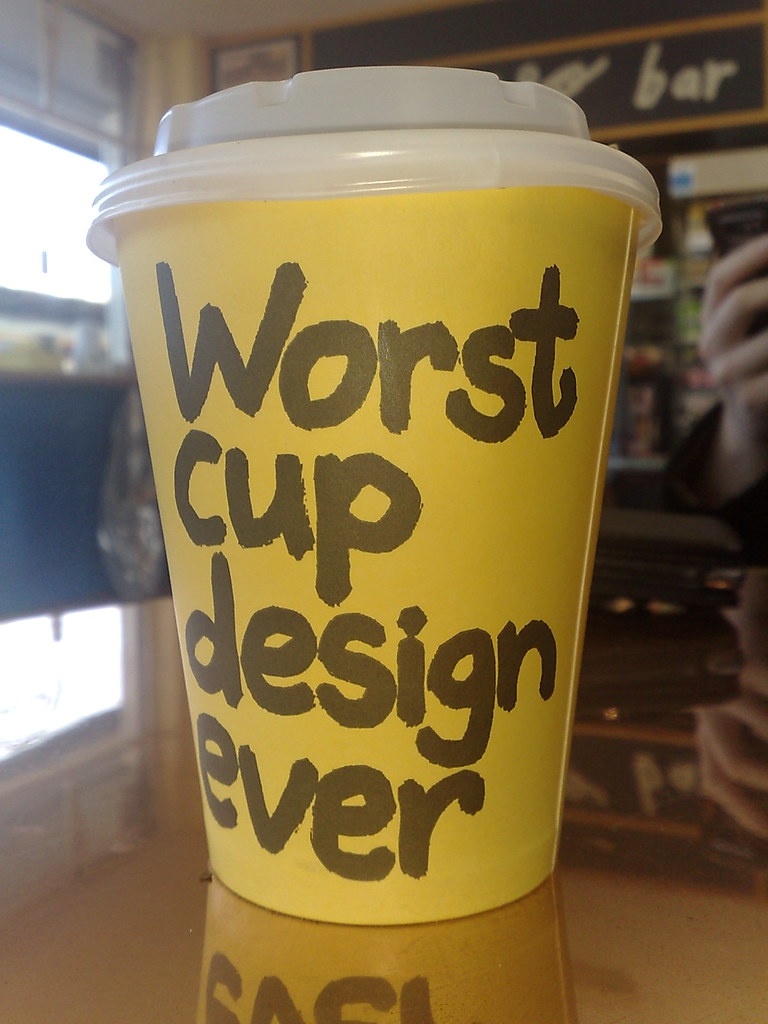
7. **Unpacking “Worst-Case Scenario” and “In the Worst Case”**One of the most frequently encountered phrases involving our terms is “worst case scenario,” often alongside “in the worst case.” These expressions are powerful tools for describing a situation that is unequivocally “as bad as possible compared to any other possible situation.” The context clearly defines their purpose, emphasizing the absolute extreme they represent.
Crucially, these idioms employ the superlative form “worst,” not “worse.” This choice is not arbitrary; it reflects the core meaning of the phrases. They are not comparing two bad situations; rather, they are identifying the single, most dire outcome from a multitude of possibilities. It’s about envisioning the absolute nadir, the ultimate low point in any given set of circumstances.
Consider the example provided: “In the worst case, the beams will collapse instantly.” This statement illustrates a dire prediction, outlining the most catastrophic potential event. Similarly, “This isn’t what we expect to happen—it’s just the worst-case scenario,” highlights a hypothetical extreme, typically a contingency that one hopes to avoid but must acknowledge. These phrases encapsulate the ultimate degree of potential adversity.
It’s vital to recognize that while the words “worse” and “case” can appear together in a sentence, they do not form a fixed idiom like “worst case.” The context clarifies: “Jacob had a worse case of bronchitis than Melanie did.” Here, “worse” functions as a comparative adjective describing the severity of Jacob’s bronchitis *compared to* Melanie’s, not as part of a recognized idiomatic expression signifying the absolute worst outcome.
Read more about: The Ultimate Guide to ‘Worse’ vs. ‘Worst’: 14 Common Traps You Can’t Afford to Ignore
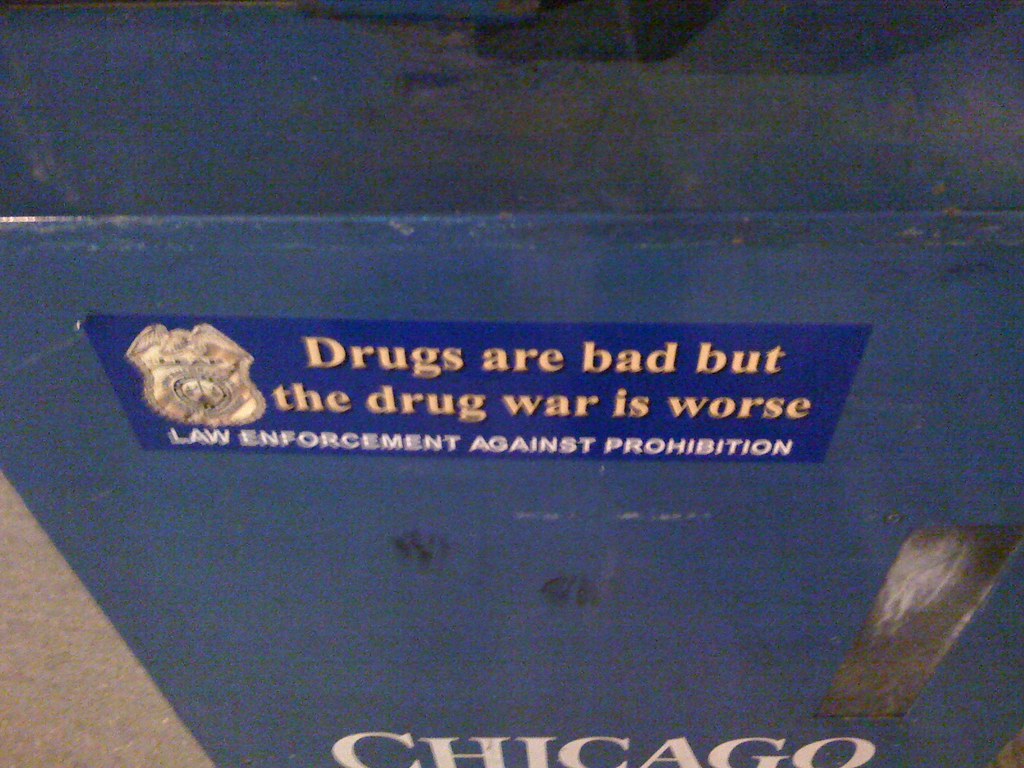
8. **Navigating “If Worse Comes to Worst” vs. “If Worst Comes to Worst”**Another pair of expressions that often spark confusion are “if worse comes to worst” and “if worst comes to worst.” Both phrases convey the same significant meaning: “if the worst possible outcome happens.” This dual existence highlights a peculiar linguistic quirk where two grammatically distinct, yet semantically identical, forms persist in common usage.
Interestingly, the context points out that “if worst comes to worst is much more commonly used (even though it arguably makes less sense).” This observation is a fascinating insight into language evolution, where common usage can sometimes override strict logical construction. Despite the perceived illogicality by some, its prevalence makes “if worst comes to worst” a widely accepted and understood idiom.
Regardless of which version is chosen, the expression typically sets up a contingency plan. It’s about preparing for the absolute maximum level of difficulty or catastrophe and then outlining a response. For instance, “If worse comes to worst and every door is locked, we’ll get in by opening a window” directly demonstrates this problem-solution structure.
Another example reinforces this idea: “I’m going to try to make it to the store before the storm starts, but if worst comes to worst, I’ll at least have my umbrella with me.” Here, the speaker acknowledges the potential for the most unfavorable conditions and outlines a basic fallback, underscoring the practical application of this idiom in everyday planning and risk assessment.
Read more about: The Ultimate Guide to ‘Worse’ vs. ‘Worst’: 14 Common Traps You Can’t Afford to Ignore
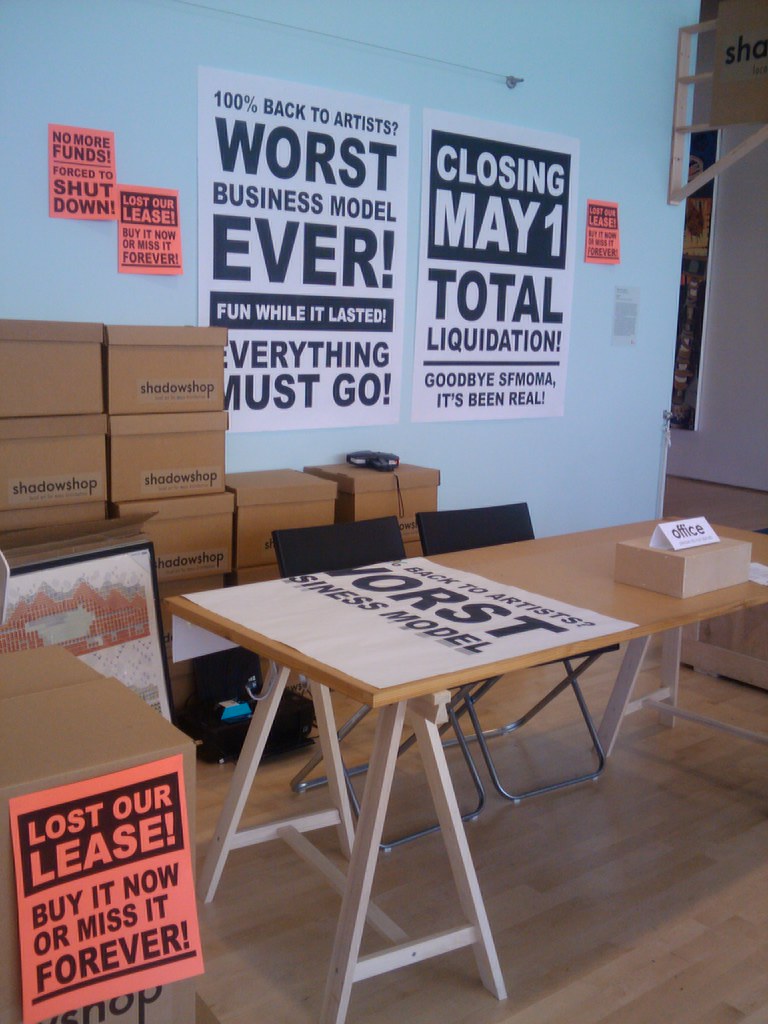
9. **”Worst” as a Noun: Preparing for the Ultimate Low**Beyond its primary role as a superlative adjective, “worst” also demonstrates remarkable versatility by functioning as a noun. In this capacity, it refers directly to “something that is worst” or “that which is worst.” This usage is typically preceded by the definite article “the,” as in the frequently heard admonition, “Prepare for the worst.”
When “worst” is employed as a noun, it identifies the singular entity or condition that is most faulty, unsatisfactory, or unpleasant within a given context. For example, if discussing various outcomes, “the worst” would be the most undesirable among them. It personifies the pinnacle of negativity, making it a tangible concept.
The context further expands on this, detailing definitions like “bad or ill in the most extreme degree,” or “most faulty or unsatisfactory.” When these qualities are abstracted and referred to as a singular entity, “worst” takes on its nominal role. This shift from describing a quality to embodying it allows for concise and impactful communication about ultimate negative states.
Consider expressions like “at (the) worst,” which signifies “under the worst conditions,” or “get the worst of something,” meaning “to be defeated by; lose.” These phrases illustrate how “worst” as a noun captures the essence of maximum disadvantage or defeat, providing a clear and efficient way to refer to the direst possible circumstances or outcomes.
Read more about: The Ultimate Guide to ‘Worse’ vs. ‘Worst’: 14 Common Traps You Can’t Afford to Ignore

10. **”Worst” as an Adverb: Describing the Direst Manner**The word “worst” extends its utility even further by serving as an adverb, a grammatical role that describes how an action is performed. As the superlative form of “badly,” “worst” in its adverbial capacity means “in the worst manner” or “in the greatest degree.” It conveys that an action is carried out to the absolute lowest standard or with the most severe intensity.
This adverbial usage emphasizes the extreme poorness or inadequacy of an action. If someone performs a task “worst,” it implies they did so with the least skill, efficiency, or acceptability compared to all other options. It’s not just that they did it badly; they did it in the most deficient way conceivable within the given comparison set.
The dictionary entries within the context explicitly support this: “in the most evil, wicked, severe, or disadvantageous manner” and “with the most severity, intensity, etc.; in the greatest degree.” These definitions highlight that as an adverb, “worst” signifies an action executed at the absolute nadir of quality or desirability, leaving no room for a poorer performance.
For instance, while a runner might perform “badly” in a race, the one who performs “worst” is definitively the slowest. This adverbial application is critical for pinpointing the absolute bottom of a performance scale, providing a powerful descriptor for extreme inadequacy in action.
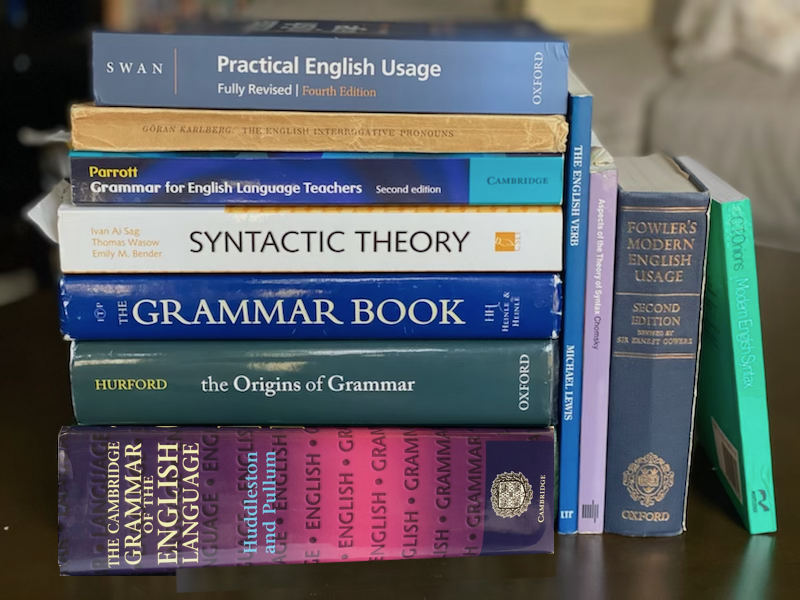
11. **The Forms Derived from “Ill”: “Worse” and “Worst” in Health and Misfortune**Beyond their direct lineage from “bad,” both “worse” and “worst” also serve as comparative and superlative forms of the adjective and adverb “ill.” This shared derivation expands their semantic range, allowing them to describe deterioration not just in terms of general badness, but specifically related to health, hostility, evil, or unfavorable conditions.
When “ill” functions as an adjective, it can mean “sick; unwell; of poor health,” “hostile; unkind,” “evil; wicked,” or “unfavorable.” Consequently, when a person’s health declines, they are “worse,” indicating a greater degree of sickness compared to a previous state or another person. The absolute lowest point of health or the most severe misfortune would be “worst.”
Similarly, “ill” also operates as an adverb, signifying “unsatisfactorily; poorly; badly.” If a situation progresses “ill,” and then further deteriorates, it becomes “worse.” The ultimate unsatisfactory or poorly managed situation would be described as “worst,” reflecting an action or condition executed in the most deficient manner originating from the concept of “ill.”
The context explicitly lists these derivations: “From ill (adj): worse adj comparative worst adj superlative” and “From ill (adv): worse adv comparative worst adv comparative.” This confirms that “worse” and “worst” inherit and amplify the negative connotations of “ill” across both adjectival and adverbial applications, offering a rich vocabulary for expressing profound negativity in various contexts.
By meticulously dissecting these words, from their core definitions to their nuanced roles in idiomatic expressions and their surprising origins from “ill” and “badly,” we’ve gained an insider’s view into the intricate mechanics of English grammar. No longer will “worse” and “worst” cause a moment’s hesitation; instead, they will empower your communication, allowing you to articulate degrees of negativity with surgical precision. This journey into linguistic clarity is not just about avoiding errors; it’s about elevating your discourse, ensuring every message you craft is as impactful and accurate as possible. Go forth and use these powerful words with newfound confidence, knowing you’ve truly mastered their depths.


